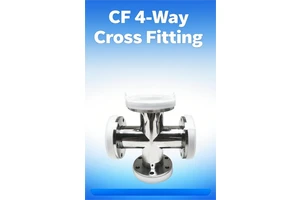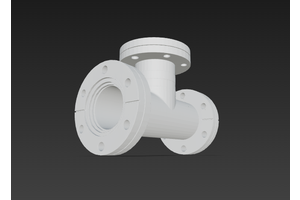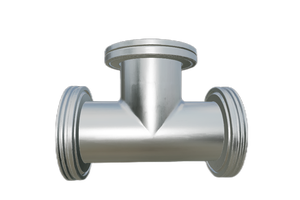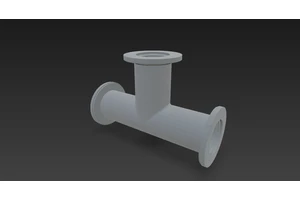An Introduction to Vacuum Pump Units and Their Applications
Vacuum pump units are devices that combine vacuum pumps with corresponding vacuum components based on their performance requirements. These units are characterized by their compact structure and convenient installation and use.
Vacuum pumping units can be categorized into low-vacuum units, medium-vacuum units, high-vacuum units, ultra-high-vacuum units, and oil-free vacuum units. The name of a vacuum unit is typically determined by its main pump, such as diffusion pump units, molecular pump units, etc.
Low-Vacuum Pumping Units
Low-vacuum pumping units operate within a pressure range of approximately 1330–100 Pa. Their main features include high working pressure and large exhaust volume, although their pumping speed is lower than that of medium- and high-vacuum units. These units are commonly used for rough pumping of vacuum chambers, as well as in vacuum conveying, vacuum impregnation, vacuum filtration, vacuum drying, and vacuum degassing (such as steel melt treatment) processes where the gas release is significant and the working pressure is high.
The primary pumps used in low-vacuum units include reciprocating vacuum pumps, oil-sealed mechanical pumps, dry mechanical pumps, water-jet pumps, steam-jet pumps, water-ring pumps, molecular sieve adsorption pumps, and wet Roots pumps. Generally, these main pumps in low-vacuum units can directly exhaust to the atmosphere.
When using low-vacuum pumping units, it is necessary to configure additional components such as dust collectors, water vapor separators, oil-water separators, dryers, or oil traps based on the cleanliness, humidity, or other specific requirements of the gas being pumped.
Measures for Oil-Sealed Mechanical Pumps to Remove Condensable Gases
Oil-sealed mechanical pumps are not suitable for pumping gases containing large amounts of water vapor. During compression, water vapor condenses into droplets, which mix with the pump oil to form an emulsion, thereby disrupting the pump's performance and reducing its vacuum level.
Common measures to address this issue include:
Using oil-sealed mechanical pumps equipped with a gas ballast device and maintaining the pump's working temperature between 75–90°C to reduce the load on the gas ballast valve.
Installing water vapor separators or oil-water separation devices in the unit to treat the pump oil contaminated with water. The treated oil is then reused in the pump.
Utilizing various desiccants to create traps for absorbing water vapor.
Employing condensers or cold traps, which not only effectively adsorb water vapor but also prevent the backflow of oil vapor from the mechanical pump into the vacuum chamber.
Common Types of Low-Vacuum Units
Oil-sealed mechanical pump low-vacuum unit.
Oil-sealed mechanical pump unit with an oil trap, suitable for applications such as chemical vapor deposition, vacuum packaging, and the pharmaceutical industry.
Low-vacuum unit composed of a two-stage water-ring pump and an atmospheric jet pump in series, with an ultimate pressure of 1300 Pa. During operation, the water-ring pump is started first to provide the pre-vacuum required for the atmospheric jet pump. This creates a pressure difference between the inlet and outlet of the jet pump, allowing atmospheric air to be drawn in through the jet, forming a high-speed airflow that carries the gas to be evacuated. The gas is then expanded and compressed before being exhausted by the water-ring pump.
These units are suitable for processes such as vacuum evaporation, vacuum concentration, vacuum impregnation, vacuum drying, and vacuum freezing.





